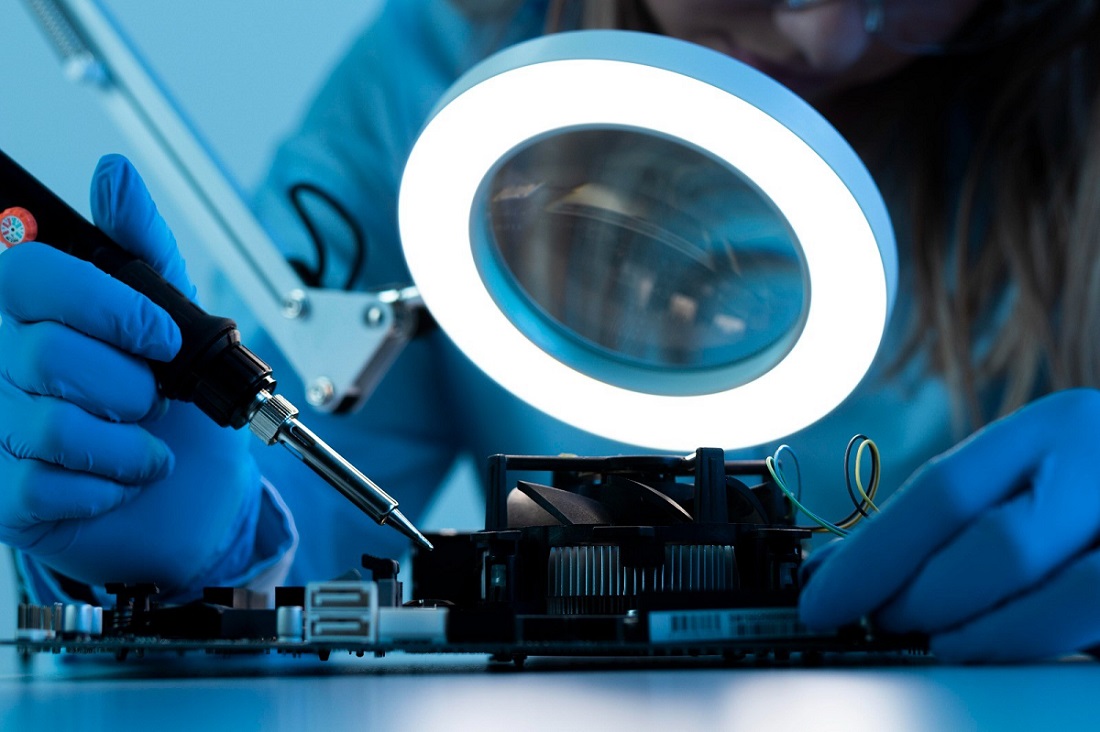Innovative micro technology has emerged as a leading force in innovation. This article delves into its realm, discussing its evolution, applications and potential future applications.

Understanding Microtechnology Solutions
Definition of Microtechnology
Micro technology refers to the design, development, production, use, and evaluation of devices and systems on a microscale, from micrometers to millimeters in size. It encompasses disciplines like microelectronics, microfluidics and micro-electromechanical systems (MEMS).
History of Microtechnology
Micro technology dates back to the late 20th century with the development of microprocessors and integrated circuits. Since then, advances in manufacturing techniques and materials have further proliferated it for developing ever more compact yet powerful devices.
Microtechnology in Healthcare Applications
Precision Medicine
Micro technology plays an essential role in precision medicine, providing customized treatments tailored specifically to individual patients. From microfluidic devices that enable point-of-care diagnostics to implantable sensors for continuous health monitoring, micro technology innovations are revolutionizing healthcare delivery.
Electronics Companies
Miniaturization
One of the key applications of micro technology in electronics is miniaturization, wherein components and circuits are shrunk down to fit smaller devices. This has led to smartphones, wearable gadgets, and miniature sensors being made more widely available, thus driving advances in consumer electronics and telecommunications.
Environmental Monitoring
Sensing Solutions
Micro technology offers innovative environmental monitoring and management solutions. Miniature sensors and wireless networks facilitate real-time data collection and analysis for real-time decision-making on pollution, climate change and natural disaster issues.
Recent Trends and Advancements in Micro and Nano Technology
Nanomaterials
Advancements in nanotechnology have paved the way for the creation of novel materials with extraordinary properties, from carbon nanotubes and graphene sensors to multivalent ceramic materials with exceptional strength, conductivity and sensitivity – opening new opportunities in electronics, healthcare and environmental sensing applications.
Micro Robots
Inspired by nature, researchers are developing microrobots that mimic the movement and functionality of biological organisms. These bio-inspired designs offer promise for use in medical procedures, environmental exploration, and disaster response, among other fields.
Lab-on-a-Chip Systems
Microfluidic
Lab-on-a-chip systems combine various laboratory functions onto one microchip, providing rapid and cost-effective analysis of biological samples. These revolutionary devices have revolutionized fields such as genomics, proteomics, and drug discovery, leading the way towards personalized medicine and point-of-care diagnostics.
Challenges and Future Directions
Scaling Production
While microtechnology holds immense promise, scaling it up remains a formidable task. High costs, limited scalability and manufacturing complexities impede wide-scale adoption of microscale devices and systems.
Integration and Interoperability
With micro technology’s rapid advancement, ensuring seamless integration and interoperability among various components and systems is becoming more essential than ever. Standardization efforts and collaborative research initiatives must be pursued to meet. This challenge and realize the full potential of micro technology.
Conclusion
Innovations in micro technology are revolutionizing industries, from healthcare delivery and consumer electronics enhancements to environmental monitoring capabilities and proactive environmental monitoring. With continual advances in materials science, robotics and manufacturing techniques paving the way, future opportunities exist for further exploration in this ever-evolving field.





